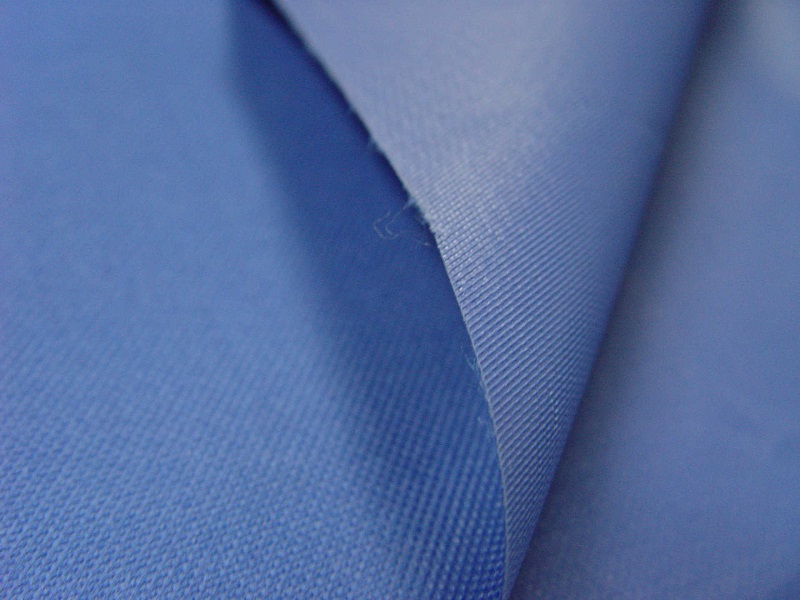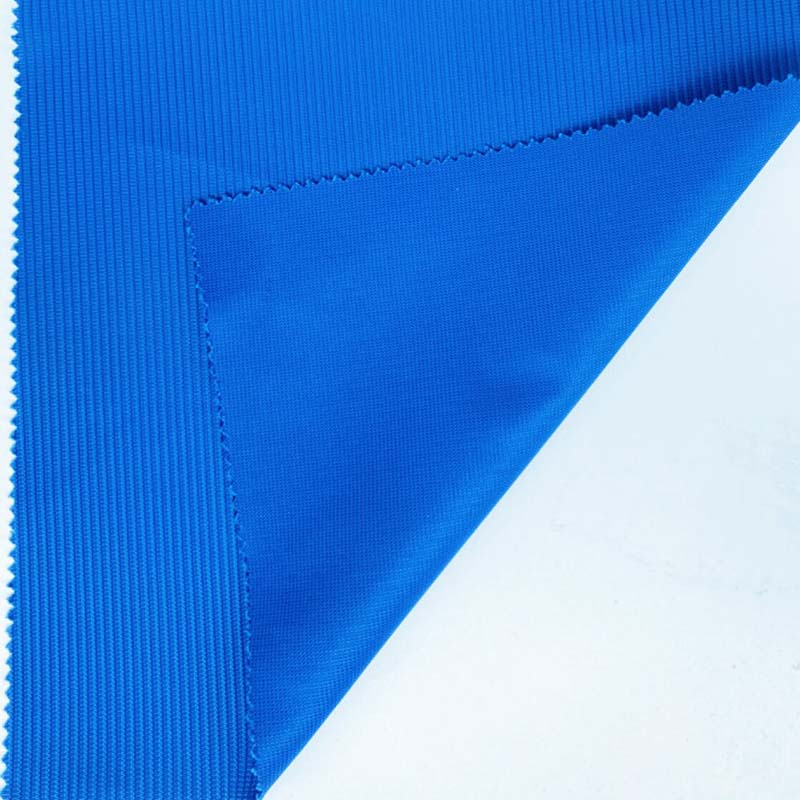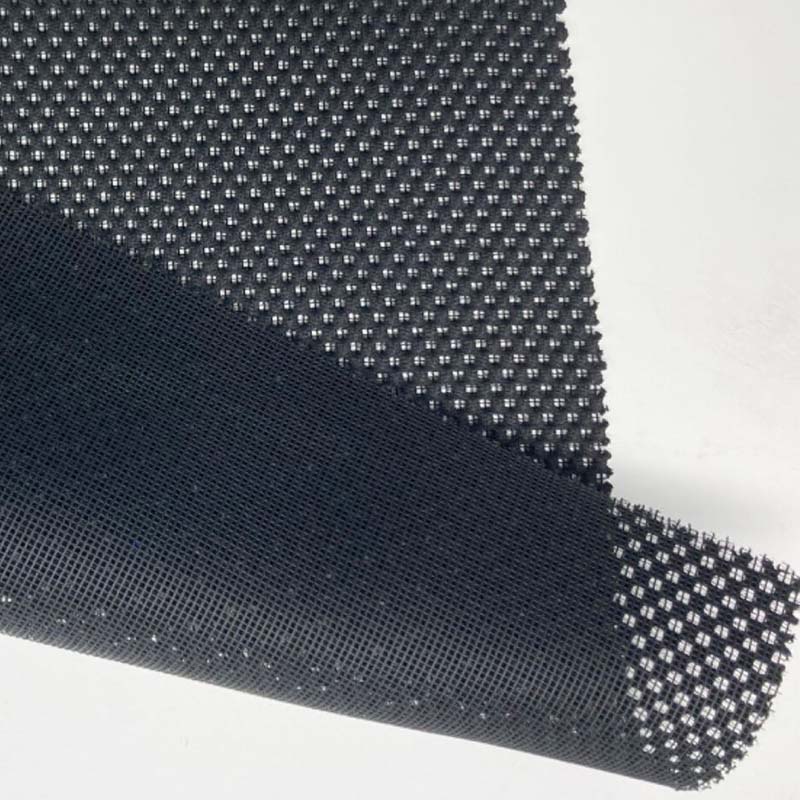Definition of knitted fabrics
Knitted fabric is a type of textile material that is created by interlacing yarns or threads in a series of rows and columns to form a fabric. The yarns are looped around each other to create a fabric that is flexible, stretchy, and can be shaped to fit various forms. The smallest basic unit of knitted fabric is the loop, which is formed by the regular movement of yarn to create a loop. The loops are then intertwined to create the fabric.
There are many different raw materials that can be used to create knitted fabrics, including natural fibers like cotton, wool, silk, and hemp, as well as synthetic fibers like chemical fiber and blended yarns. The choice of raw material will affect the properties of the final fabric, such as its softness, durability, and stretchiness.
Knitted fabrics are commonly used for clothing, such as sweaters, hats, scarves, and gloves, as well as for home textiles, like blankets, bedspreads, and curtains. They are also used in industrial applications, like in the production of technical textiles, medical textiles, and geotextiles.
One of the key characteristics of knitted fabrics is their ability to stretch and conform to the shape of the wearer or object. This makes them ideal for clothing that needs to fit snugly or for textiles that need to conform to a specific shape. Knitted fabrics are also lightweight, breathable, and soft to the touch, making them a popular choice for many applications.
In summary, knitted fabrics are a versatile and sustainable textile material that can be created from a wide range of raw materials. They are characterized by their unique loop structure and their ability to stretch and conform to various shapes, making them ideal for a variety of applications.
Classification of knitted fabrics
In terms of its knitting methods, it can be divided into two categories: weft knitting and warp knitting.
- Weft knitting
The fabric is made by feeding yarn along the weft direction, bending into loops and stringing with each other. Weft knitting can be divided into two types according to whether the yarn feeding is unidirectional or bidirectional. One is that the yarn is fed in one direction and woven into a circle. The fabric is woven by circular machine; The other is that the yarn is woven into loops in both positive and negative directions, and the fabric is formed by flat knitting machine.
The machines used to produce weft knitted fabrics mainly include: circular knitting machines (single-sided circular knitting machines, double-sided circular knitting machines, hosiery machines, flat knitting machines, etc.) The common products of weft knitted fabrics include: underwear (such as sweaters, sweaters, wool underwear, etc.), sweaters, socks, gloves, etc.
- Warp knitting
A fabric made of yarns fed from warp to warp, bent into loops and strung together. Its feature is that each yarn forms only one coil in a row, so each row is formed by many yarns forming a loop and stringing with each other.
The machines used to produce warp knitted fabrics mainly include: warp knitting machines (single needle bed warp knitting machines, double needle bed warp knitting machines), sewing machines, lace machines, etc. Common products of warp knitted fabrics include: household and hotel decorative fabrics (such as thick and thin curtain fabrics), bedding (such as mosquito nets, bedspreads, raschel blankets) and some industrial products, etc.
Formation of knitted fabrics
The spinning process of knitted fabrics on the knitting machine can be divided into three stages.
The spinning process of knitted fabrics on the knitting machine can be divided into three stages.
- Yarn feeding
The yarn is conveyed to the loop knitting area of the knitting machine with a certain tension, and this stage is called yarn feeding.
- Circle
In the textile area, yarn forms knitted fabric or knitwear with certain shape according to different looping methods. This stage is called looping.
- Coiling
The knitting fabric is pulled out of the looping area or wound into a certain form of package. This stage is called the pulling and winding stage.




